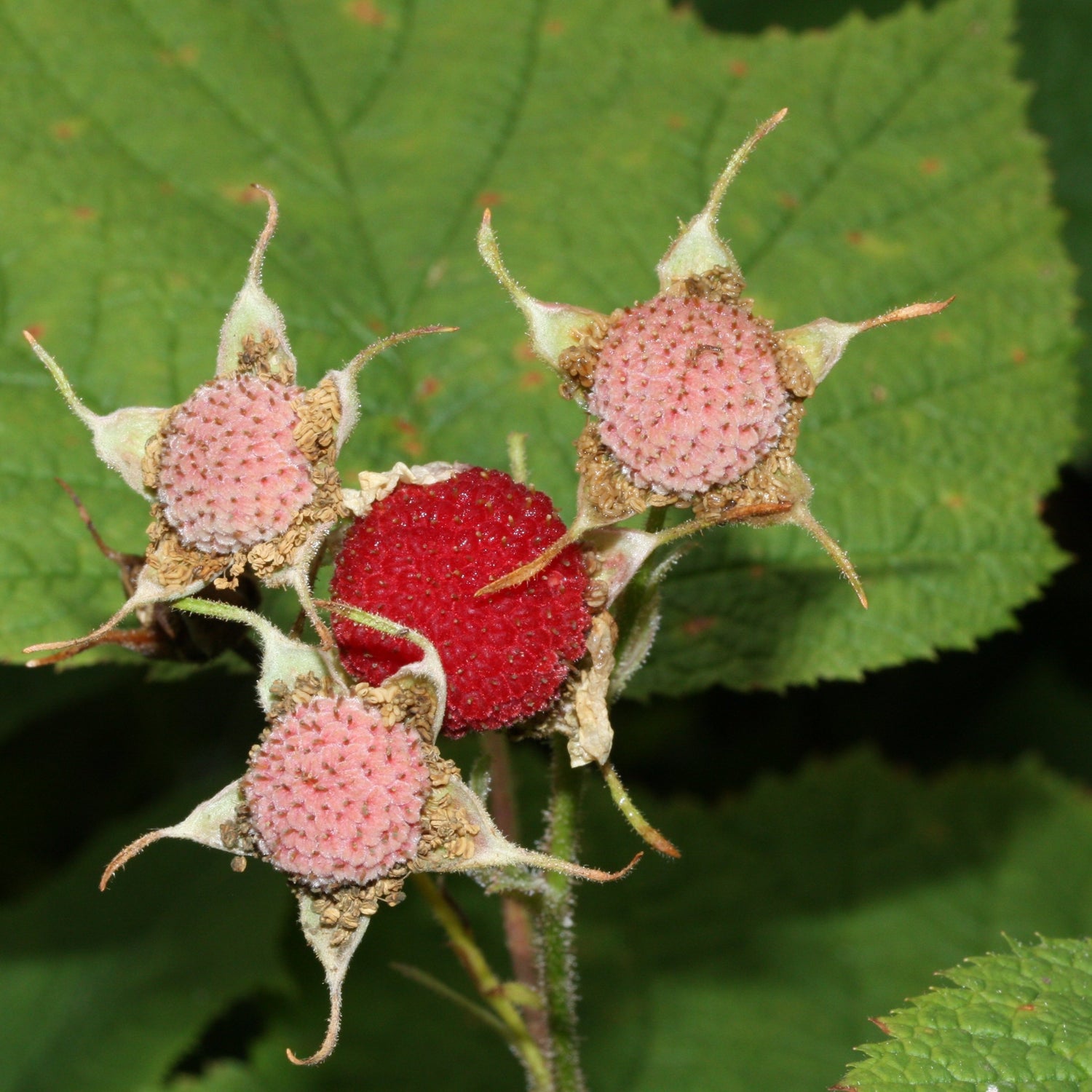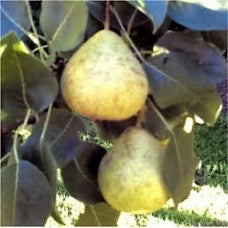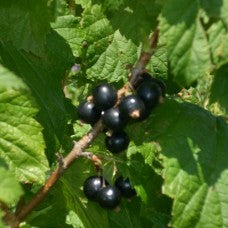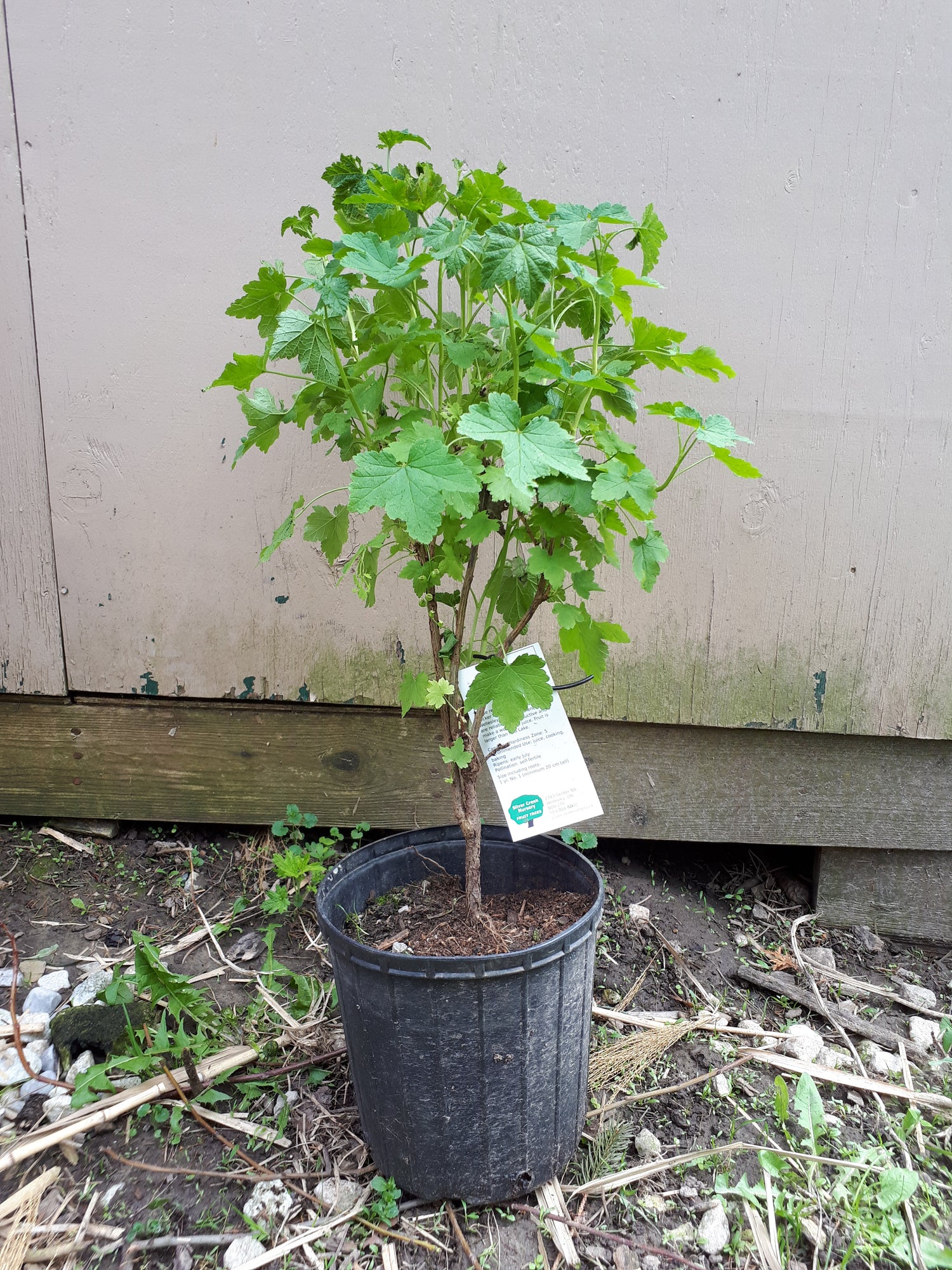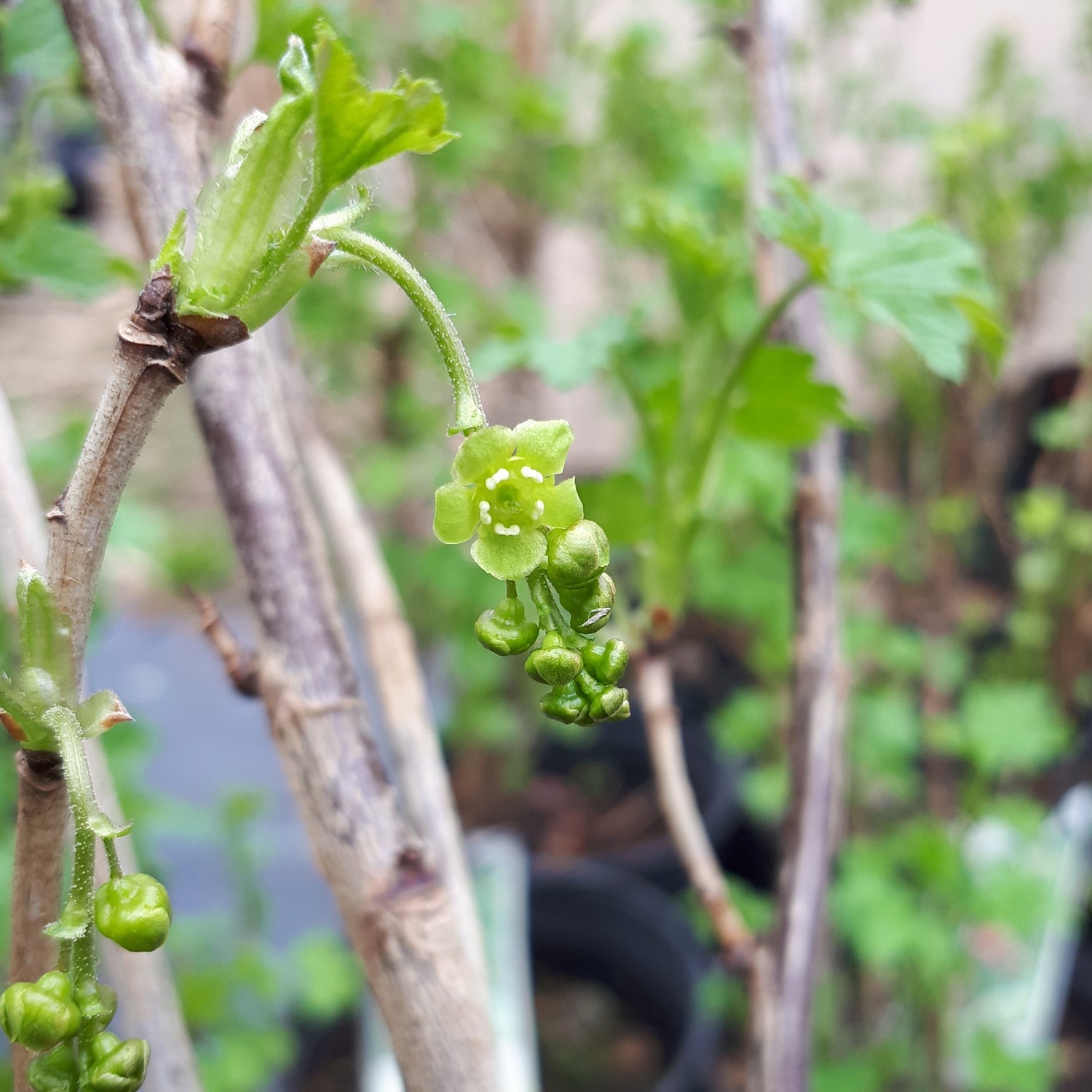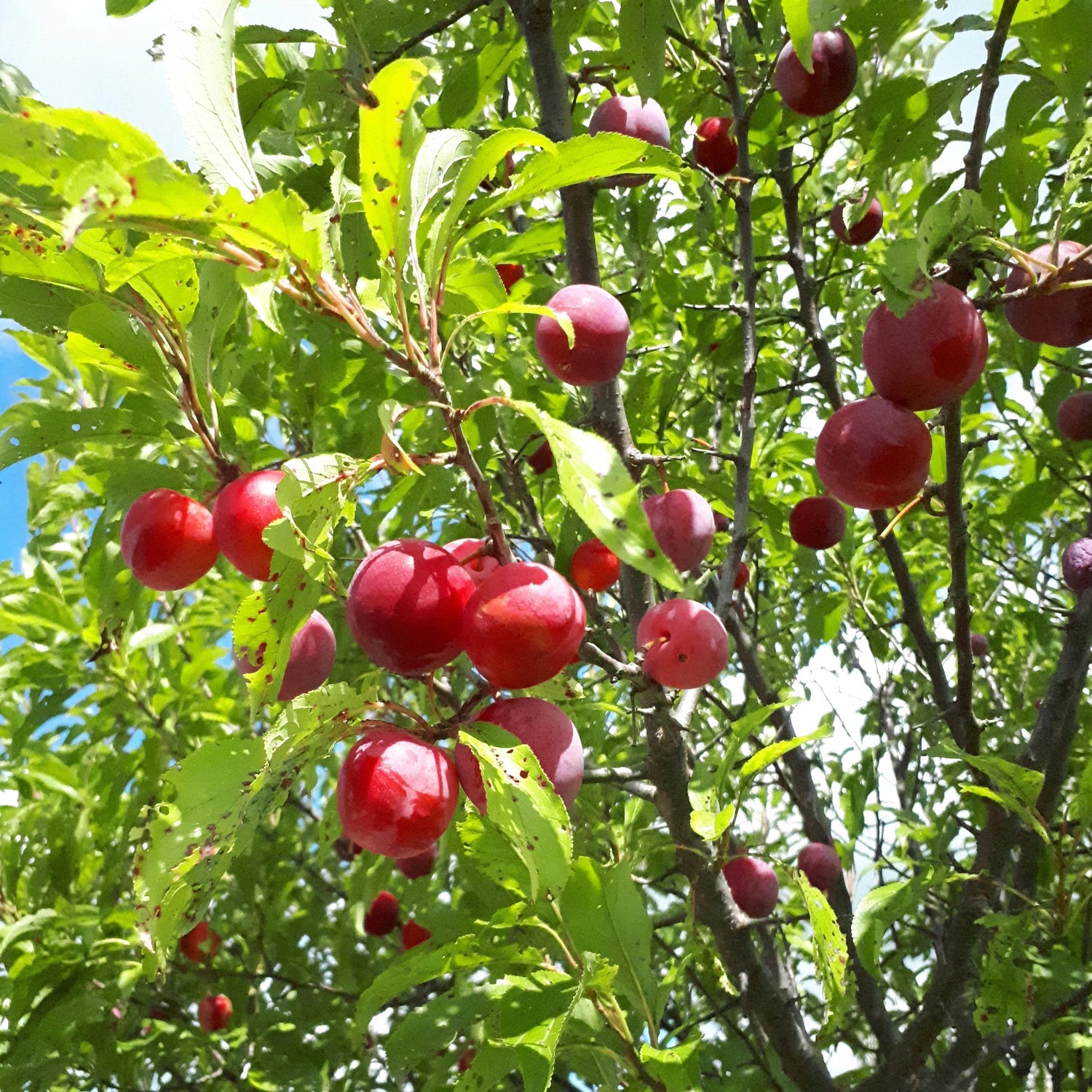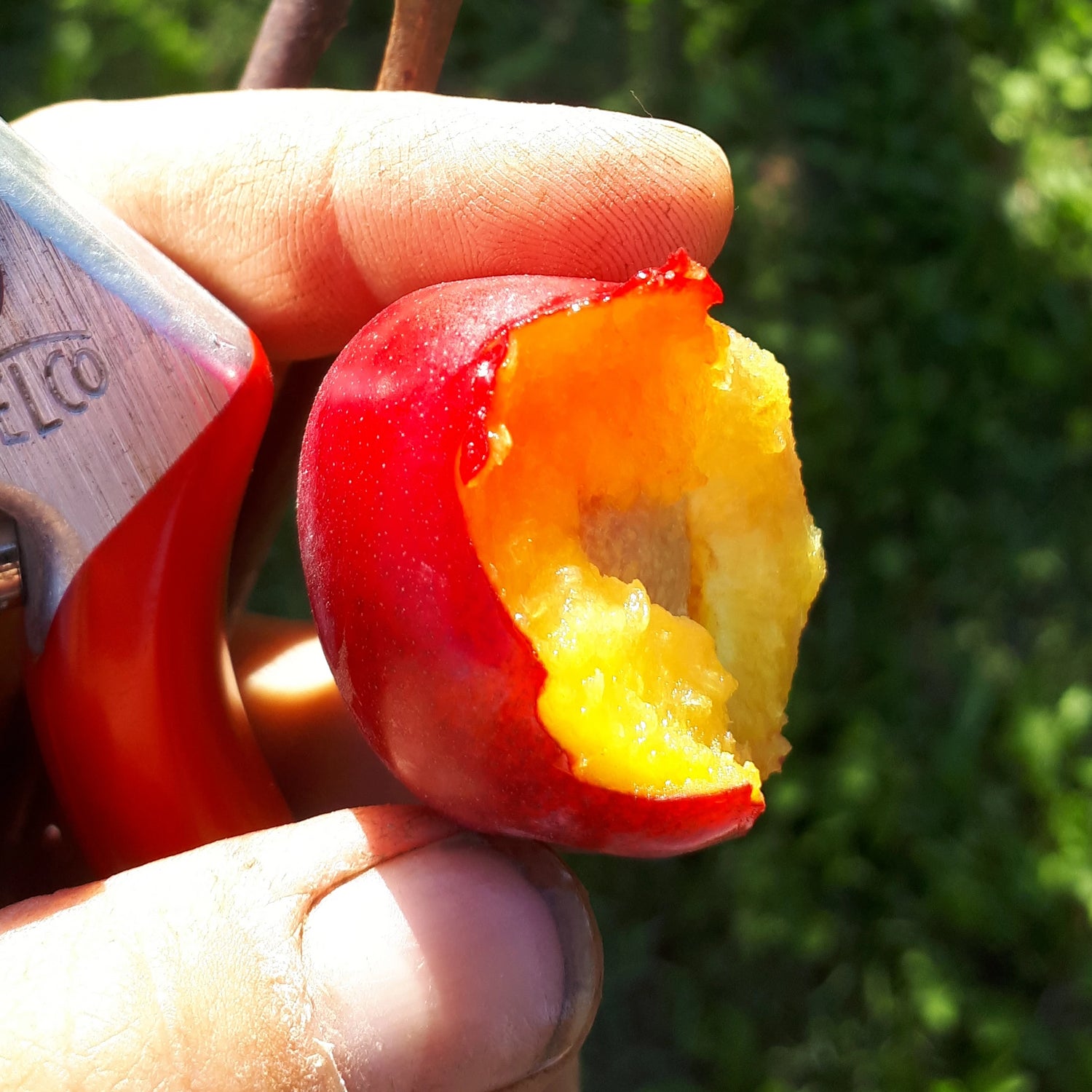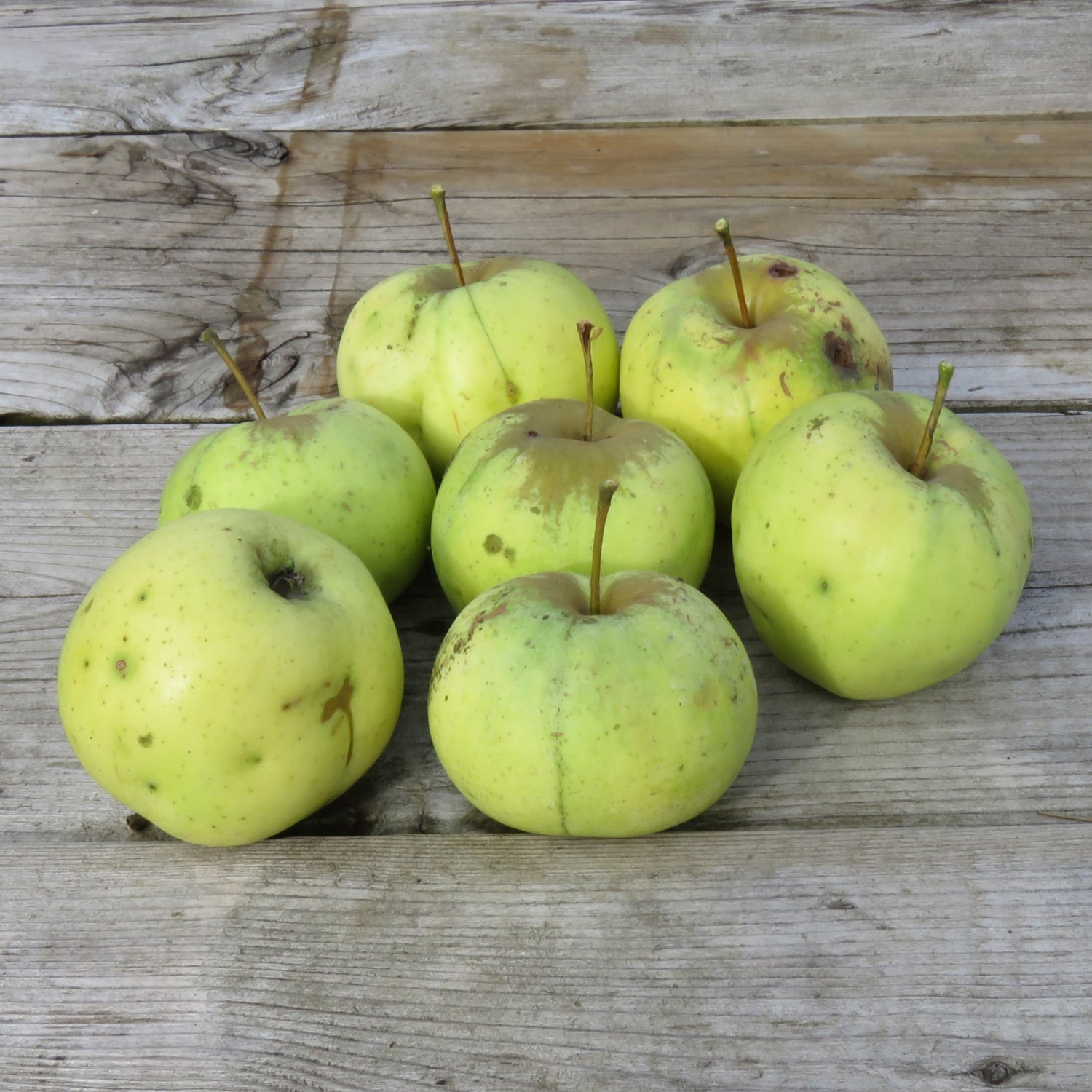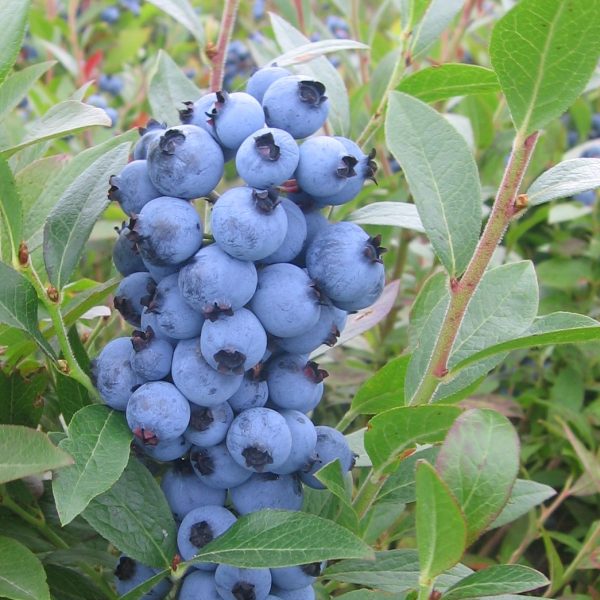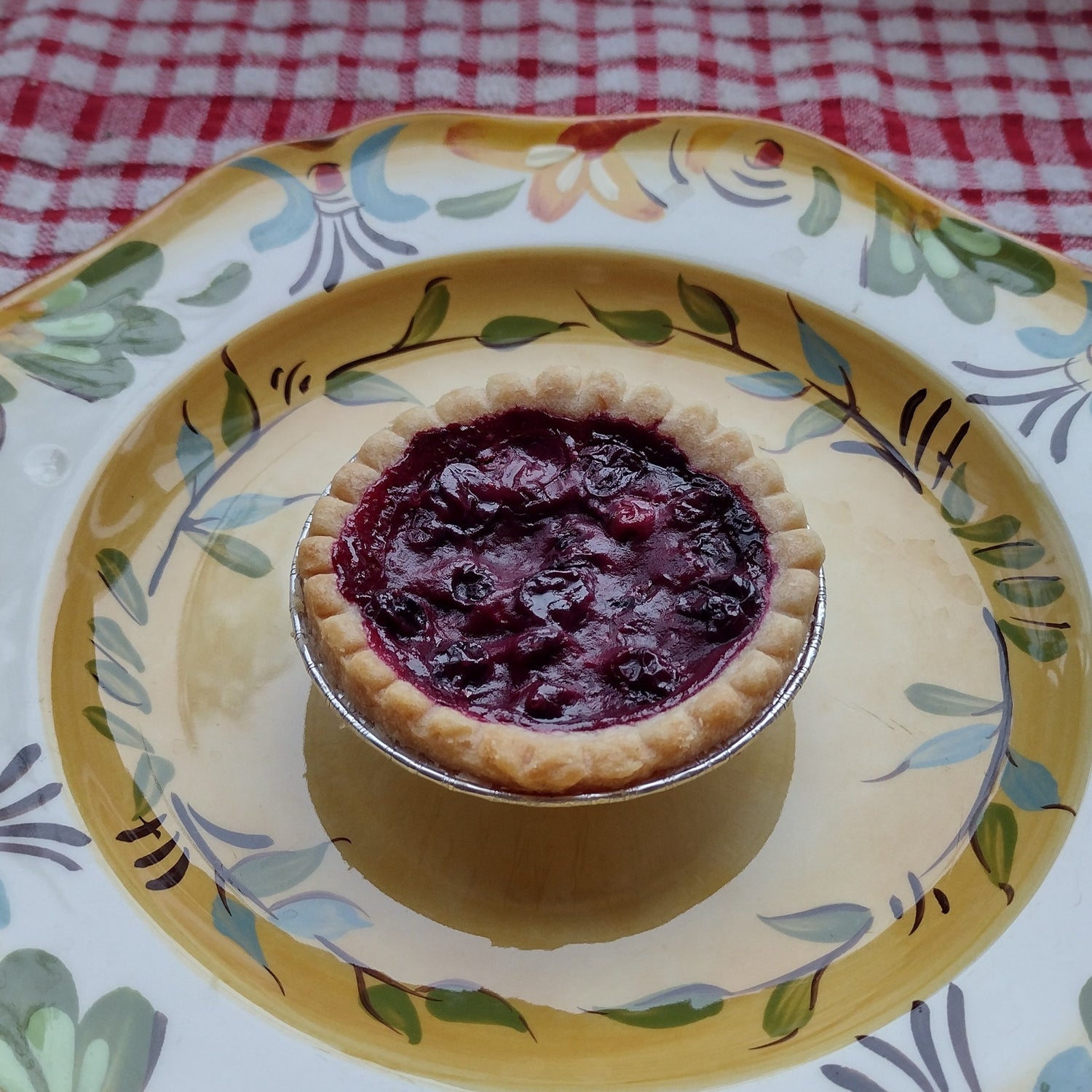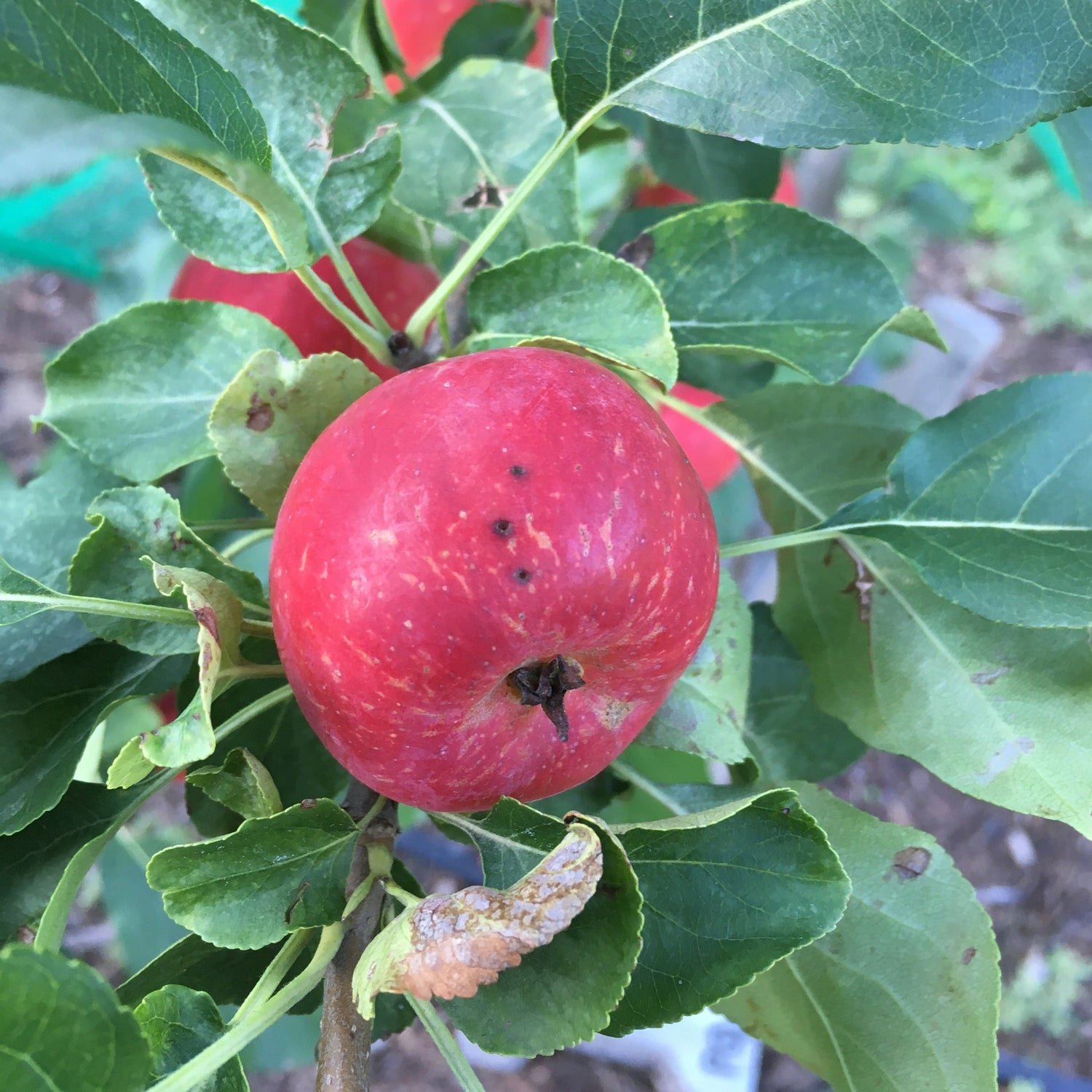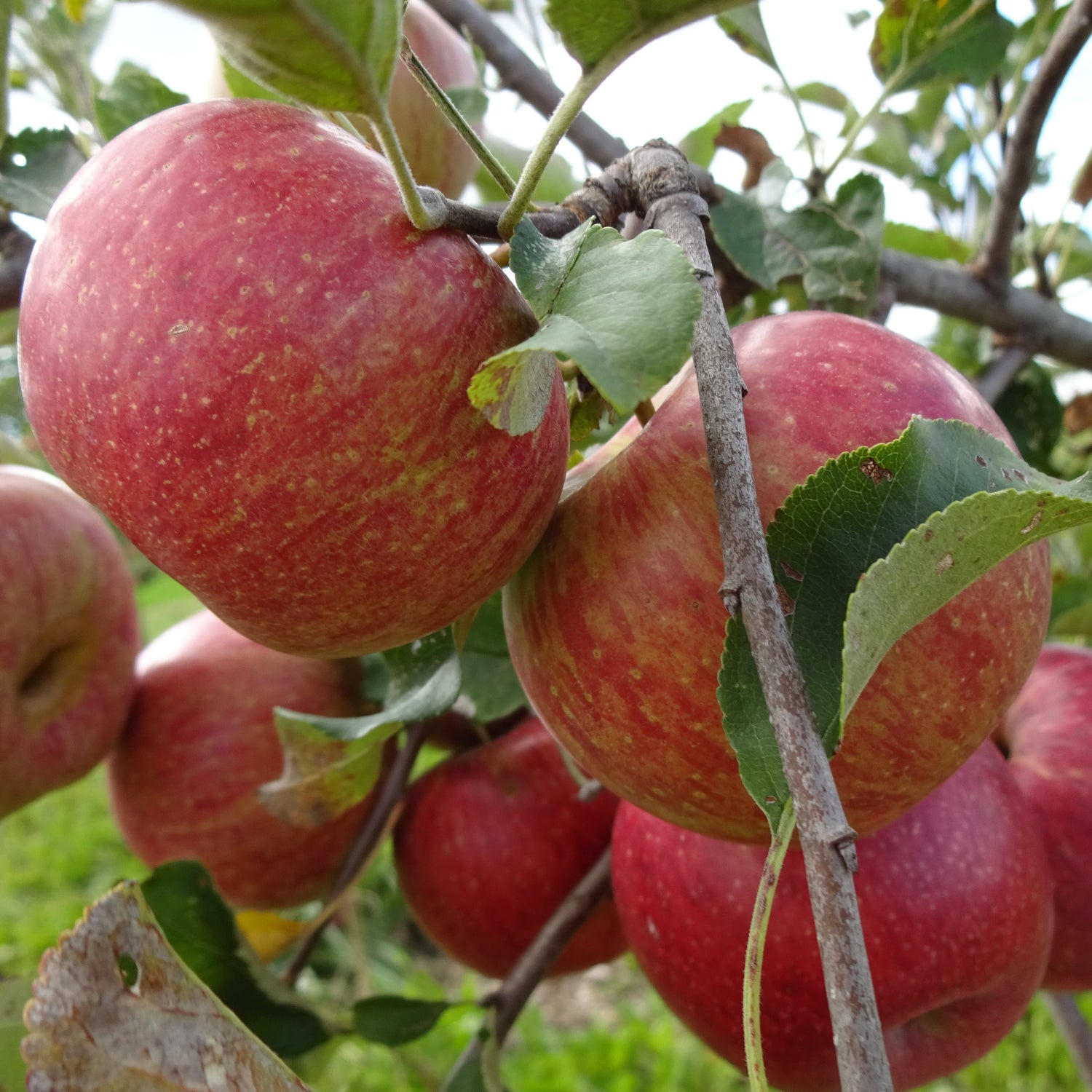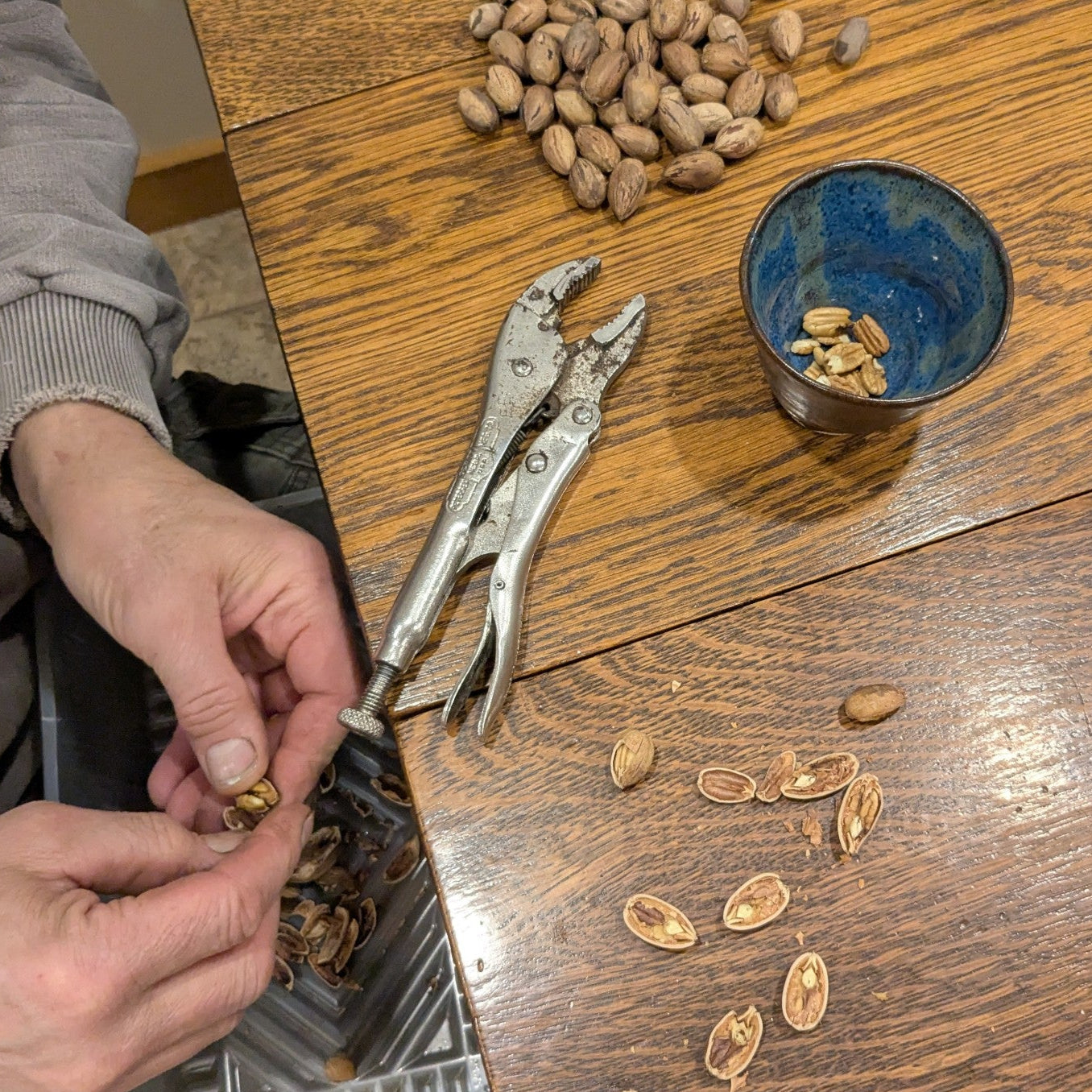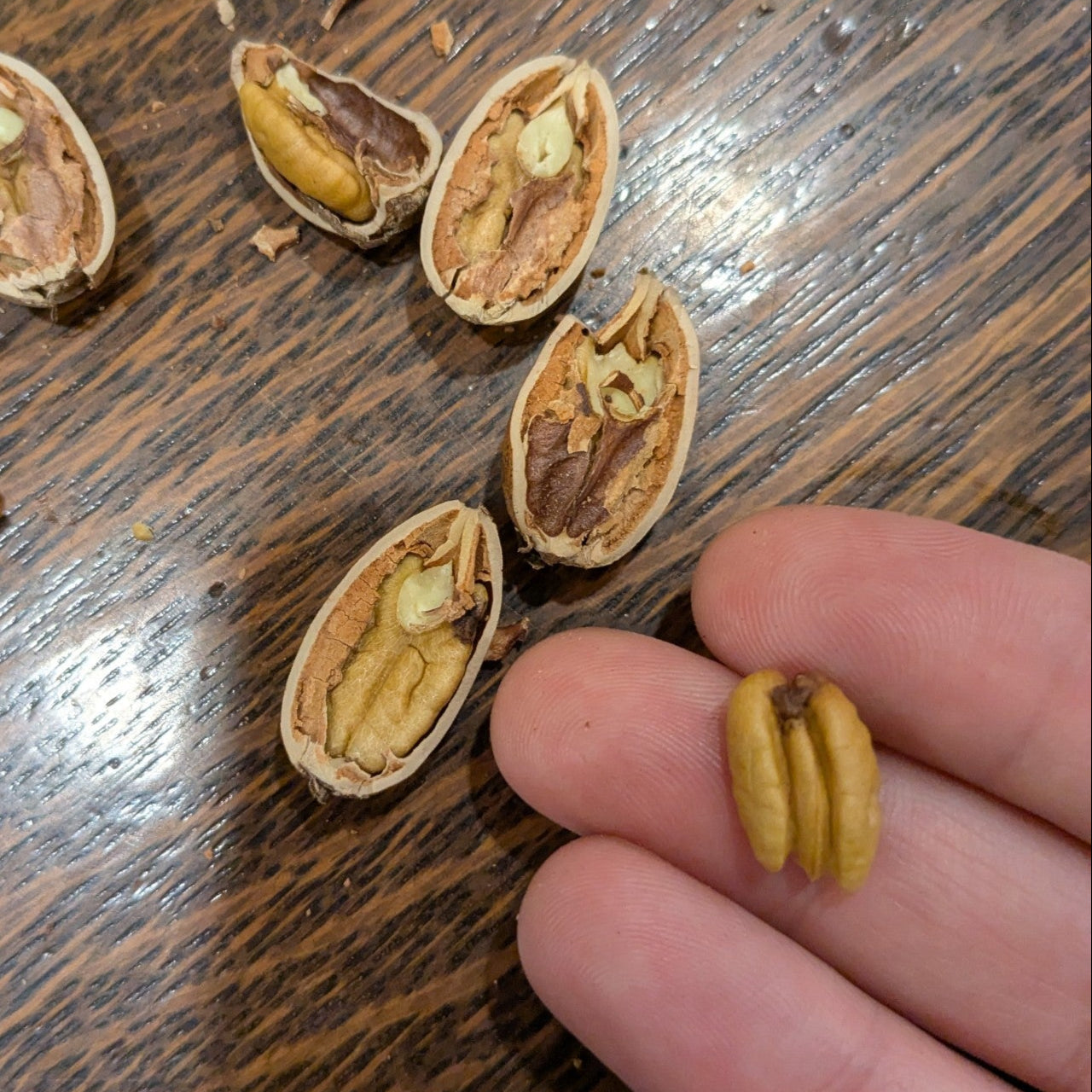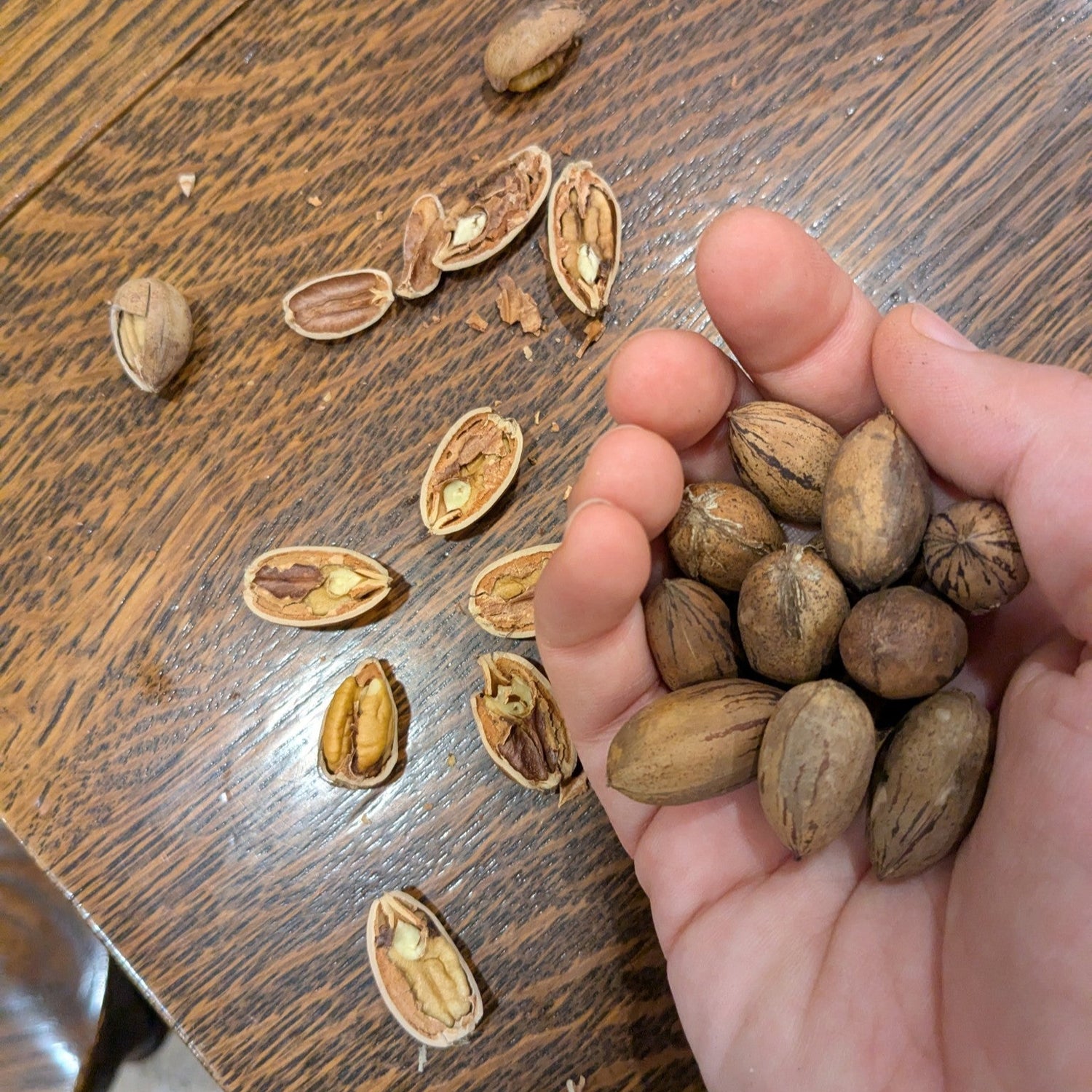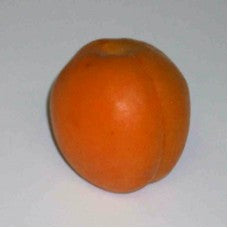Products
Sort by:
475 products
475 products


The Resilient Farm and Homestead: 20 Years of Permaculture and Whole Systems Design
$44.95
Unit price perThe Resilient Farm and Homestead: 20 Years of Permaculture and Whole Systems Design
$44.95
Unit price per“This is one of the most practical, down-to-earth, dirt-under-the-fingernails, comprehensive explanations of all things homesteading and small farming. Whether you’re just dreaming or an old hand, Ben Falk’s longer experience horizon is invaluable.”—Joel Salatin, cofounder, Polyface Farm; author of Everything I Want to Do Is Illegal
Informed by twenty years of successful land management and the professional design experience of his pioneering firm Whole Systems Design, LLC, author Ben Falk updates his classic text and delivers the definitive twenty-first century systems thinking manual in self-reliance—sure to empower readers to prioritize projects, make positive lifestyle decisions, and take strategic steps toward a regenerative future.
In The Resilient Farm and Homestead, Revised and Expanded Edition Falk describes how he has transformed a degraded hillside in the frigid Vermont climate into a thriving, biodiverse Eden that now provides year-round abundance for his family and community.
First published in 2013, The Resilient Farm and Homestead is a comprehensive how-to guide for building durable and productive land-based systems through the reciprocal interplay of humans and the natural world. In the ten years since he first published this seminal work, Falk has deepened his wisdom in harnessing nature-based solutions for increasingly challenging times, including addressing severe climate disruptions like drought and flood conditions.
The book covers every strategy Falk and his team have tested on the Whole Systems Research Farms over the past two decades and includes detailed information on earthworks, gravity-fed water systems, soil fertility management, growing nutrient-dense food and medicine, fuelwood production, agroforestry, managed grazing, and much more.
Complete with full-color photography and detailed design drawings, The Resilient Farm and Homestead, Revised and Expanded Edition includes new information on:
- Designing greenhouses and microclimates
- Reinvigorating human health and embodying a vigorous lifestyle
- Raising children on a homestead
- Creating failure-proof and resilient energy systems
- Focusing on permaculture beekeeping
- Cultivating proven cold climate plants
- Overcoming analysis paralysis and mastering the art of knowing where to start and when to take strategic risks
- And much, much more!
In an age that feels defined by disconnection, disease, and decline, The Resilient Farm and Homestead, Revised and Expanded Edition offers a roadmap to conquering uncertainty, maximizing efficiency, and creating a bountiful, manageable landscape that will endure.
“Essential reading for the serious prepper as well as for everyone interested in creating a more resilient lifestyle.”—Carol Deppe, author of The Resilient Gardener
“This intelligent, challenging book, rooted somewhere between back-to-the-land idealism and radical survivalism, sees resilience as both planting and building for the use of future generations, but also as preparing food, water, shelter, and the human body and psyche for the onset of any imaginable extreme emergency. . . . The result is a comprehensive, open-ended, theoretical and practical system for a post-carbon-dependent life.”—Publishers Weekly (starred review of first edition)
The Wild Wisdom of Weeds is the only book on foraging and edible weeds to focus on the thirteen weeds found all over the world, each of which represents a complete food source and extensive medical pharmacy and first-aid kit. More than just a field guide to wild edibles, it is a global plan for human survival.
Including over one hundred unique recipes, Katrina Blair’s book teaches us how to prepare these wild plants from root to seed in soups, salads, slaws, crackers, pesto, seed breads, and seed butters; cereals, green powders, sauerkrauts, smoothies, and milks; first-aid concoctions such as tinctures, teas, salves, and soothers; self-care/beauty products including shampoo, mouthwash, toothpaste (and brush), face masks; and a lot more. Whether readers are based at home or traveling, this book aims to empower individuals to maintain a state of optimal health with minimal cost and effort.
Species: Rubus parviflorus
History: Thimbleberries are a native plant closely related to raspberries and blackberries. Cultivated for edible, ornamental, and ecological reasons today, they have also historically been used by indigenous peoples as a source of food and medicine.
Why We Grow It: This is an excellent under-story plant that produces smaller, flatter berries than cultivated raspberries, but with a delicious sweet-tart flavour. Apparently young shoots can be harvested in spring, lightly peeled, and then boiled for an asparagus-like 'vegetable'- we haven't tried this yet, but would love to hear from you if you have! The thornless bush grows up to 7 feet tall, though can be kept smaller with pruning/trellising/tying down. The fruit grows best on 2-3 year old canes unlike raspberries, which makes this an ideal plant for living fences.
History: Thorne was discovered in Gloucestershire, England, in 1670. It was originally grown for cooking and fresh eating but is now primarily used to make perry. It is still commonly grown for perry production in England today.
Why We Grow It: This is the most reliable of the English perry pears for Canadian growing. Although this pear can be eaten fresh, it packs an astringent punch and is best made into a good perry instead.
Special Note: We take special care to grade out (remove) any of these seedlings that are showing visible thorns when we dig them in the fall. This increases the likelihood (although we cannot make any guarantees) that you will not have thorns develop on your Thornless Honey Locust Seedling. If you don't mind thorns on your Honey Locust, the ones we grade out are available here at a lower pricepoint.
Species: Gleditsia triacanthos
History: Thanks to its ability to tolerate a host of adverse conditions that would hinder or kill other trees, Honey Locusts have been cultivated for us as ornamental, urban trees. As a result, several thornless varieties have been developed including the mother tree for these seedlings.
Why We Grow It: Honey Locust has many benefits for permaculture and now growers do not need to worry about popping tires with thorns thanks to these thornless trees - though they are seedling so some may develop thorns though most will not; these can be top grafted with a thornless type if needed. Reaching 30 meters tall, this native nitrogen fixing tree benefits many including bees, wildlife, and even humans: we can use the sweet (honey flavoured) pulp inside their pods in baking, tea or for brewing beer. The durable, rot-resistant wood has a variety of uses.
History: Thunderchild is a crabapple that was developed by Percy Wright, a prairie plant breeder in Saskatoon, Saskatchewan. Although it is unknown when exactly Thunderchild was created, it likely came about in the 1900s and can still be seen as a common ornamental tree in the area.
Why We Grow It: Thunderchild makes for a lovely ornamental tree with a profusion of pink blossoms in the spring and deep red foliage. The tiny dark red fruits it produces can be used in cider blends and to make jellies with a gorgeous orange hue. The tree is quite cold hardy and generally disease resistant.
Species: Ribes nigrum
History: Titania black currant was developed by Pal Tamas in Sweden. It was bred as a cross between the varieties Consort, Kayaanin Musta, and Altaskaya Dessertnaya in 1969 and chosen for further evaluation in 1974. Since its release it has become one of the most popular currants in North America.
Why We Grow It: It is easy to see why Titania has become so popular. It produces large, juicy berries with a rich, mild flavour. It is also resistant to White Pine Blister Rust and mildew. The berries are great for a variety of uses, such as the black currant scones and black currant and blueberry tarts Steph made (see pictures)!
TM-7 contains a blend of seven micronutrients as well as concentrated humic and fulvic acid. It can be used to stimulate microbial activity, increase nutrient uptake, and reduce nutrient leaching. It improves soil structure, builds plant immunity, and promotes growth and increased yields.
Derived from: Boron, cobalt sulfate, copper sulfate, ferrous sulfate, manganese sulfate, sodium molybdenate, zinc sulfate and chelated with humic and fulvic acids derived from fresh water cretaceous humate deposits.
Application: Can be used for seed activation and soil or foliar applications
Soil, container, or foliar application: 0.75-1.25g/gal
Field application: 2-4 pounds per acre every 3-6 weeks
Soil: Good for all soil types including containers and hydroponics
History: Toka is a hybrid of an American plum (Prunus americana) and a Japanese plum (Prunus salicina) that was created by Dr. N.E. Hansen who is known for his extensive career in developing cold hardy plant varieties. He developed Toka at the South Dakota Experiment Station and introduced it in 1911. It is unclear what 'Toka' translates to in English but 'toka' can mean 'etc/among other things' or 'river crossing' in Japanese
Why We Grow It: Toka is also known as Bubblegum plum due to its flavour and smell which bears an uncanny resemblance to bubblegum. These plums are incredibly aromatic, and will fill your kitchen with their perfumed scent as they sit out to ripen. The semi-clingstone fruit features deep red skin and bright yellow flesh that is firm but juicy. It is good for fresh eating or preserving.
2025 Staff Favourite
Tolman Sweet Apples are Mouse's favourite this year! In their opinion Tolman Sweet apples are “a lovely green apple with a very unique sweetness! A must-try for anyone interested in exploring the full range of apple flavours!”
All Staff Favourites are 20% off. The Staff Favourite Discount cannot be combined with other quantity discounts.
History: Little is known about the origin of this heritage apple, but Tolman Sweet has been highly valued since its discovery. It is uncertain whether it came from Massachusetts or New York in the 18th or 19th century but it was first recorded in 1822. This hardy tree was used as a source of rootstock at one time.
Why We Grow It: Tolman Sweet is a great all-purpose apple. The fruit are medium-sized with yellow skin, and have a distinctly sweet, dry flesh. They are nice for fresh eating but can also be used in baking, drying, and pickling. Their unusually low acid content helps to reduce acidity in both sweet and hard cider.
Species: Vaccinium angustifolium
History: Top Hat lowbush blueberry was released by the Michigan State University Agricultural Experiment Station some time before the mid to late 1970s.
Why We Grow It: This variety produces small berries with a rich sweet-tart flavour. It is a popular pick for bonsai and container gardening. Blueberries are great for baking, for example Steph made some wonderful black currant and blueberry tarts that are pictured here!
For the most up-to-date information see Claude Jolicoeur's website here!
History: This particular iteration of Trail, previously referred to as Bilodeau, has a bit of a messy history. A Trail crabapple tree was mislabeled at a Quebec nursery in the 1980s and sold to an unknowing customer named Claude Bilodeau who thought he was purchasing a pear tree. Later on Claude Jolicoeur, well-known Quebecois cider-maker and pomologist, took a cutting from this tree and found that the fruit (definitely not a pear!) was excellent for making cider. Since it was still a mystery what the original variety was, the crabapple was named Bilodeau by Jolicoeur after the owner of the tree - only for Paul Kron from the University of Guelph to confirm that it was actually Trail via DNA testing in 2022. The Trail crab was bred at Ottawa from a cross of Northern Queen x Rideau, it was selected in 1913 and introduced in 1920.
Why We Grow It: Despite the confusion, we are regardless happy to have this apple in our catalogue! This bittersharp cider apple has excellent cider-making qualities and, unlike most crabapples, is also great when eaten fresh or made into jelly!
These stretchy bands are designed to help you train your tree! Simply attach them to the trunk of a tree or a nearby stake and then to a young branch to gently pull it down into a more horizontal position, promoting fruit production and strong scaffold layers.
For more information on the benefits of training branches and how to use the tree training bands, read Orchard People's article here!
These bands feature a convenient hook so you can connect multiple bands together to adjust the length and tension as needed when tying down a branch.
Are you wondering which productive trees to plant in your garden? Or are you planning a forest garden? Perhaps you are planting an orchard but want a greater diversity of useful trees than is typical? Or you’d like to know what unusual fruit trees you can use? The answers to all these questions can be found in master forest gardener Martin Crawford’s new book.
Martin Crawford's expertise has been a great resource for us here at Silver Creek Nursery and much of the information he has collected on fruit trees over the years has helped us to understand our own trees better.
Trees are our allies in healing the world. Partnering with trees allows us to build soil, enhance biodiversity, increase wildlife populations, grow food and medicine, and pull carbon out of the atmosphere, sequestering it in the soil.
Trees of Power explains how we can work with these arboreal allies, specifically focusing on propagation, planting, and individual species. Author Akiva Silver is an enthusiastic tree grower with years of experience running his own commercial nursery. In this book he clearly explains the most important concepts necessary for success with perennial woody plants.
History: Tremlett's Geneva Bitter (aka Geneva Tremlett's Bitter) come from a tree that was believed to be Tremlett's Bitter, an English cider variety. It was imported to Geneva, New York from England in the 1960s but at some point there was a mix-up and the mistake was only uncovered after many American growers had received scions from the erroneous tree.
Why We Grow It: Although this isn't the traditional bittersweet cider apple popular in England, Tremlett's Geneva Bitter still produces a good quality bittershap cider. Some say it is even better than the original!
Species: Rubus fruticosis
History: Triple Crown was bred in Beltsville, Maryland by the USDA in order to create a good thornless variety for commercial sale. It was released in 1998 and was named Triple Crown due to its three crowning qualities: good flavour, high yields, and vigour.
Why We Grow It: Triple Crown produces large, glossy berries that are sweet and tart. It bears fruit uniformly and the canes are thornless, making the berries very easy to pick. They are good for fresh eating and great for baking.
History: True Root Pippin was discovered on Steph's dad Gary Roth on the family farm in 2022. He happened to come across a large apple tree, a chance seedling, covered in fruit growing along the fenceline and decided to sample them. Pleased by the quality of the apples, we later decided to propagate this lucky find and make these apples available to everyone! It was named True Root Pippin in honour of True Root Nursery, Gary Roth's nursery which is located on the property and is the source of our seedlings. We are happy to introduce True Root Pippin for the first time in 2024.
Why We Grow It: We're always on the lookout for exciting new varieties and this one stood out! True Root Pippin is a pleasant green apple with attractive red striping, albeit it is on the smaller side. It has a good sweet flavour balanced with some tartness. It keeps well and produces nice, clean fruit with minimal care.
Since this is a new variety, there is still a lot for us to learn about it! If you grow this variety and have any observations or find any fun uses for the fruit, we'd love to hear from you!
History: Tsugaru is another apple that was created at the Aomori Apple Experiment Station in Japan and released in 1975. It was likely named after Tsugaru, a nearby city, or the Tsugaru samurai clan that controlled the area during the Edo period. This variety is quite popular in Japan and represents the sweetness that is coveted among Japanese apple fans.
Why We Grow It: If you love sweet apples, you need to give Tsugaru a try. It has a very mild flavour with virtually no acid. It is performing very well in our test orchard, providing an abundance of nice clean fruit. It is one of Steph's favourites.
Species: Rubus idaeus
History: Tulameen was bred at the Pacific Agri-Food Research Centre in 1980 and released in 1990. It was selected for its disease resistance, long ripening period, large fruit, and excellent flavour and quality. The name likely comes from either the Tulameen River or the town of Tulameen in BC, although it also means 'red earth' in Nlakaʼpamuctsin.
Why We Grow It: Tulameen is a summer-bearing variety that is known for producing large crops of huge red raspberries that are very sweet! The exceptionally tall canes may require some trellising but have very few thorns which makes handling them much easier than other varieties.
Species: Liriodendron tulipfera
History: Tulip Trees are native to southern Ontario and the eastern United States. The wood of these trees has been used by indigenous peoples to make dugout canoes and to make furniture and cabinets. It is the state tree of Kentucky, Tennessee, and Indiana and George Washington planted some at his home at Mount Vernon in 1758 which are still standing today.
Why We Grow It: These fast growing trees are all around rather wonderful. Their oddly shaped leaves resemble a cartoonish cat head and in the spring and summer the trees bloom with greenish-yellow and orange tulip-like flowers. The flowers and later the seeds they produce are excellent sources of food for various animals.
Species: Carya illinoinensis or hybrid. Our seeds are collected from trees that may have been cross-pollinated by closely related species so the resulting seedlings may be hybrids.
History: Pecan enthusiasts John Gordon and Gary Fernald, determined to get pecans to ripen regularly in Ontario, collected nuts and and grafting material from the earliest ripening pecan trees along the northern edge of their range in Iowa and Missouri. These were grown and tested at Grimo Nut Nursery and the best were chosen to form the Ultra Northern pecan strain.
Why We Grow It: Considering the amount of hard work that went into bringing these trees to Ontario, it's hard to turn down the ability to have a pecan tree in your own backyard. Like a regular pecan, the nuts can be used in a variety of ways for cooking and baking, such as the persimmon and pecan cookies Steph made (see pictures)!
History: Veecot apricots were one of several developed at Vineland, Ontario to survive in a southern Ontario climate.
Why We Grow It: This apricot is an intense dark orange colour when ripe and the flesh is juicy and smooth-textured. It has a pleasant sweet taste that is good for fresh eating and preserving.
History: Velvaglo was one of several varieties developed in Vineland, Ontario, in an effort to create apricots that could survive in our southern Ontario climate.
Why We Grow It: Velvaglo produces high quality fruit with juicy, flavourful flesh. This variety is a good choice for farmer's markets or roadside sales as well as canning.
Why We Grow It: It is easy to see why growers were so eager to overlook Viking's scab susceptibility, its flavour providing a sweet-tart taste with notes of rose and lychee. It is an excellent all-purpose apple that can be used for cooking, baking, sauce, and cider. Its great flavour and utility is matched by its attractive appearance, the large fruit featuring dark red skin bordering on maroon. However, it does bruise easily and brown quickly and only stores for about a month at most.
Species: Aronia melanocarpa
History: Viking was developed in Finland around the 1980s, likely looking to increase productivity. They succeeded and Viking is now the most productive of all aronia cultivars.
Why We Grow It: With slightly larger than average berries, very good flavour, and the best productivity of all aronia berries, Viking is a hard variety to turn down. Like other aronia berries, they can be a bit tart for fresh eating but are great when used for cooking, baking, wines, jams, etc. While the berries ripen in August, they can hang onto the bush for a couple months and tend to sweeten over time.
History: Discovered around the 1680s in Versailles, France, though thought to originate in Spain.
Why We Grow It: Deep purple-black skin over dark red, with very rich sweet flesh - one of the best tasting varieties around! The flavour intensifies if let to dry/shrivel slightly on the tree. Adaptable, excellent cropper and flavour, and a great choice for backyard growers.
History: Vista Bella was created at Rutgers University in New Jersey in the 1950s and released in 1974. Although its poor keeping ability prevents it from being a commercial success, this early ripening variety is still a nice way to herald in the apple harvest season every year.
Why We Grow It: Vista Bella is the first red apple of the season. The flavour and texture are of better quality than other early apples, making Vista Bella an excellent choice for early farmer’s market sales and roadside stands. The flesh is crisp and juicy, although it softens quickly and, like other early apples, does not keep long.
History: Viva originated in 1935 as a possible hybrid of Hedelfingen and Victor.
Why We Grow It: Viva produces medium-sized, dark red cherries with good flavour. They are suitable for many uses including fresh eating, cooking, and preserving. They are one of the first cherry varieties to ripen, creating a pleasant start to the cherry season.
History: Wagener apples come from a seed that was planted by George Wheeler in the Finger Lakes area of New York in 1791. In 1796, Abraham Wagener purchased Wheeler's property and planted the seedling on his own property in Penn Yan village where the tree was known for producing attractive, tasty fruit in abundance every year. The variety was named after Wagener and became popular for its excellent storage qualities.
Why We Grow It: Wagener is ideal for the self-sufficient homesteader who values a late keeper, lasting until April in an ordinary cold cellar. When first picked they have a sharp, acidic taste and are great for cooking. In storage, they mellow to an excellent sweet, crisp apple that is perfect for fresh eating.


